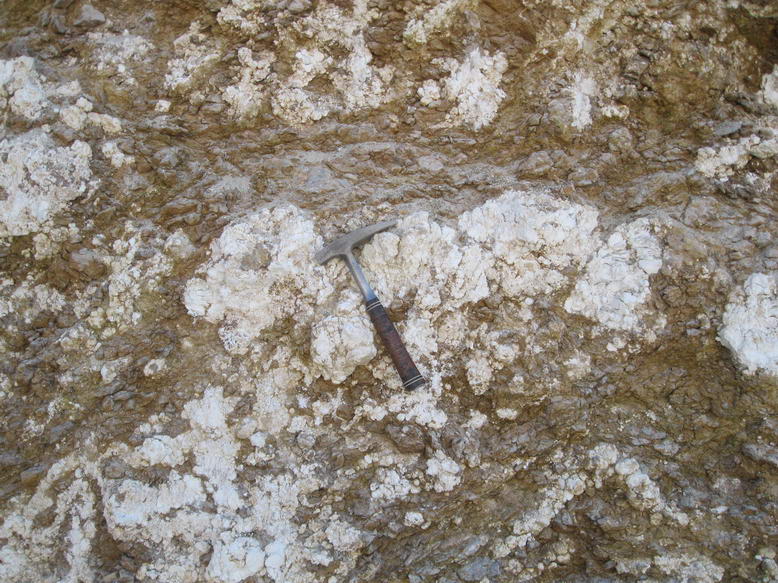
Blog
Magnetite Deposits

Magnetite is relatively frequent as a mineral, there are, however, only two types of economically important deposits: The worlds largest reserves are found in deposits of the Veirsch type. These are strata-bound lensoid and nearly monomineralic bodies consisting of coarsely crystalline ,,spar,, magnesite hosted by marine platform sediments. Conspicuous are sedimentary and diagenetic features of the magnesite bearing suites, which indicate formation within a subtidal, evaporitic environment closely associated with sabkhas, mudbars or other inter- to supratidal highs. The coarse crystallinity of these magnesites is a product of diagenesis. As spar magnesites as a rock are mainly characterized by diagenetic features it is now often concluded that the main phase of magnesium concentration would also have taken place during late diagenesis or early metamorphism from fluids formed by these processes. In that case, their origin would be by hydrothermal replacement. Contrary to this trend it is here concluded by integrating important data that Veitsch type magnesites are essentially of syngenetic origin. A genetic model is presented, which stresses their kinship with shallow water marine chloride type evaporites. Deposits of cryptocrystalline magnesite of the Kraubath type are much smaller and less frequent than spar magnesites, although they are quite important because of their high quality product. Deposits include veins and stockworks of snow-white magnesite ii) ultramafic country rocks. Genetic models of Kraubath type magnesites include the extremes of supergene alteration versus hypogene-hydrothermal formation.

